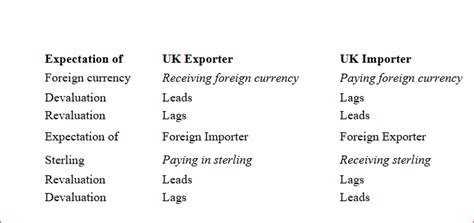“Crypto Fork Frenzy: Exploring Public Sales and Exchange Rate Risk in the Cryptocurrency Market”
The cryptocurrency market has seen significant growth in recent years, with many new coins and tokens emerging to challenge traditional players like Bitcoin. One of the most exciting aspects of this market is the concept of public sales, where investors can buy a specific coin or token at a predetermined price. However, this comes with its own set of risks, including currency fluctuations.
Public Sales: A Double-Edged Sword
Public sales are an attractive way to list new coins on reputable exchanges and attract institutional investment. They often come with a high price tag, which can make them more attractive to early investors. However, it also increases the risk of market volatility, as the sale price can be set below its intrinsic value.
One example of a successful public sale is the recent listing of Terra (LUNA) on Coinbase. The sale was highly publicized by cryptocurrency enthusiasts and investors, with many expecting LUNA to become one of the top coins on the market. However, despite the high sale price, the actual value of LUNA has fallen sharply since its listing.
Code Forking: What Happens When Two Cryptocurrencies Mix
Another risk associated with a public sale is exchange rate risk. When two cryptocurrencies split and merge their codebases, it can lead to a loss of liquidity in one or both currencies. This happens when investors who buy LUNA at the sale price are unable to resell it at the same price, resulting in a net loss.
For example, if Terra (LUNA) splits from its sister coin, DAI, and the two coins merge their codebases, the exchange rate between LUNA and DAI could plummet. This could be especially devastating for investors who have invested in either of the two coins.
Mitigating Exchange Rate Risk

While exchange rate risk is a significant concern when it comes to public sales, there are a few ways to mitigate it. One way is to diversify your portfolio across multiple cryptocurrencies with different exchange rates.
Another strategy is to invest in high-quality, well-maintained coins that have a good history of stability and low volatility. These coins can be less susceptible to market fluctuations and more resilient in times of economic uncertainty.
Conclusion
Public sales can be an exciting way for new coins to gain recognition in the cryptocurrency market, but they also come with significant risk. Exchange rate risk is especially concerning when two cryptocurrencies split and merge their codebases, resulting in a loss of liquidity. However, by diversifying your portfolio and investing in high-quality, well-maintained coins, you can minimize the risk associated with public sales.
As the cryptocurrency market continues to grow, it will be interesting to see how investors navigate the complexities of public sales and exchange rate risk. By staying informed and adapting to changing market conditions, we can set ourselves up for success in this exciting space.